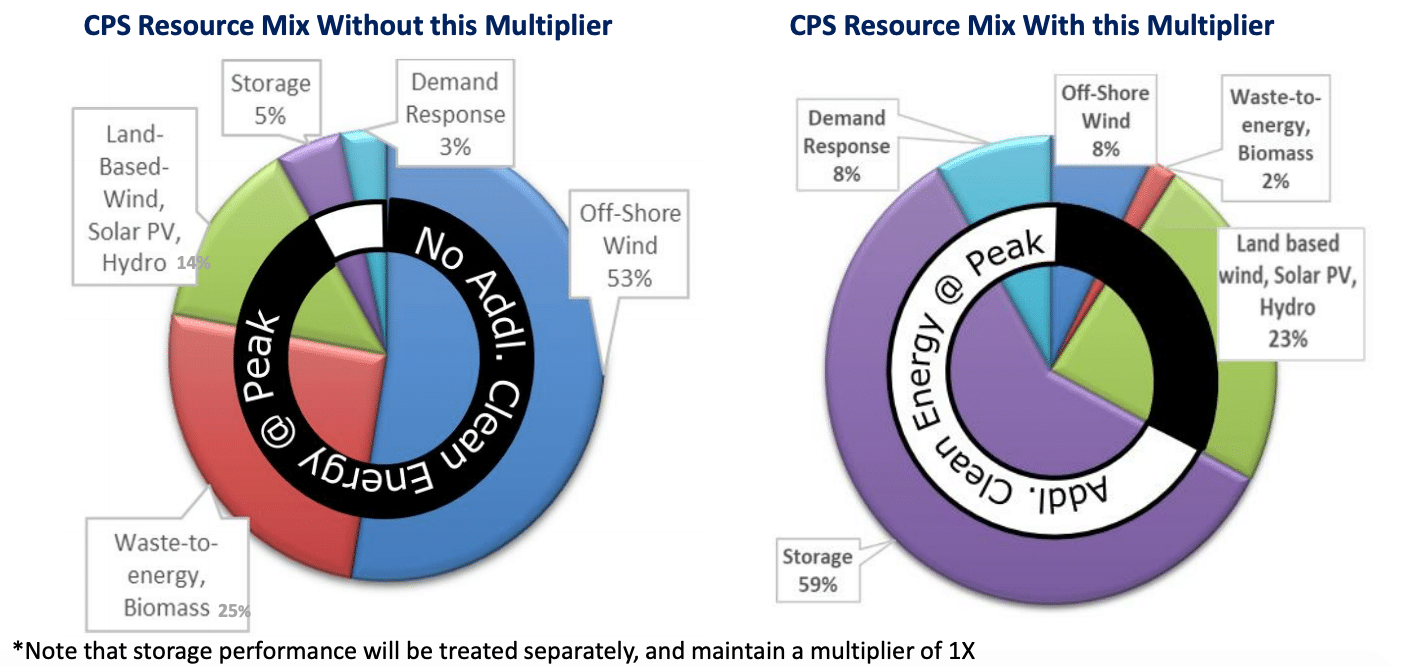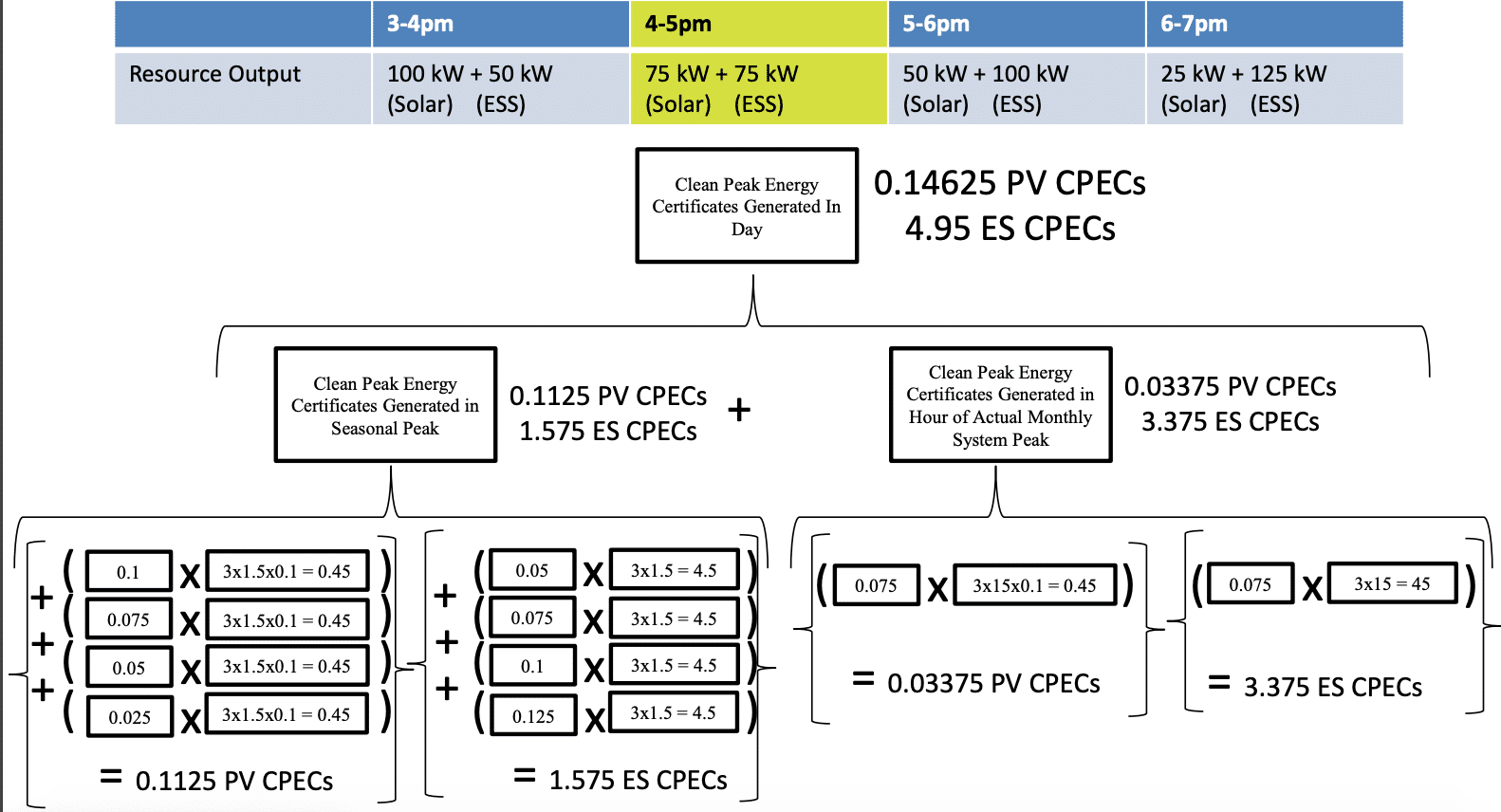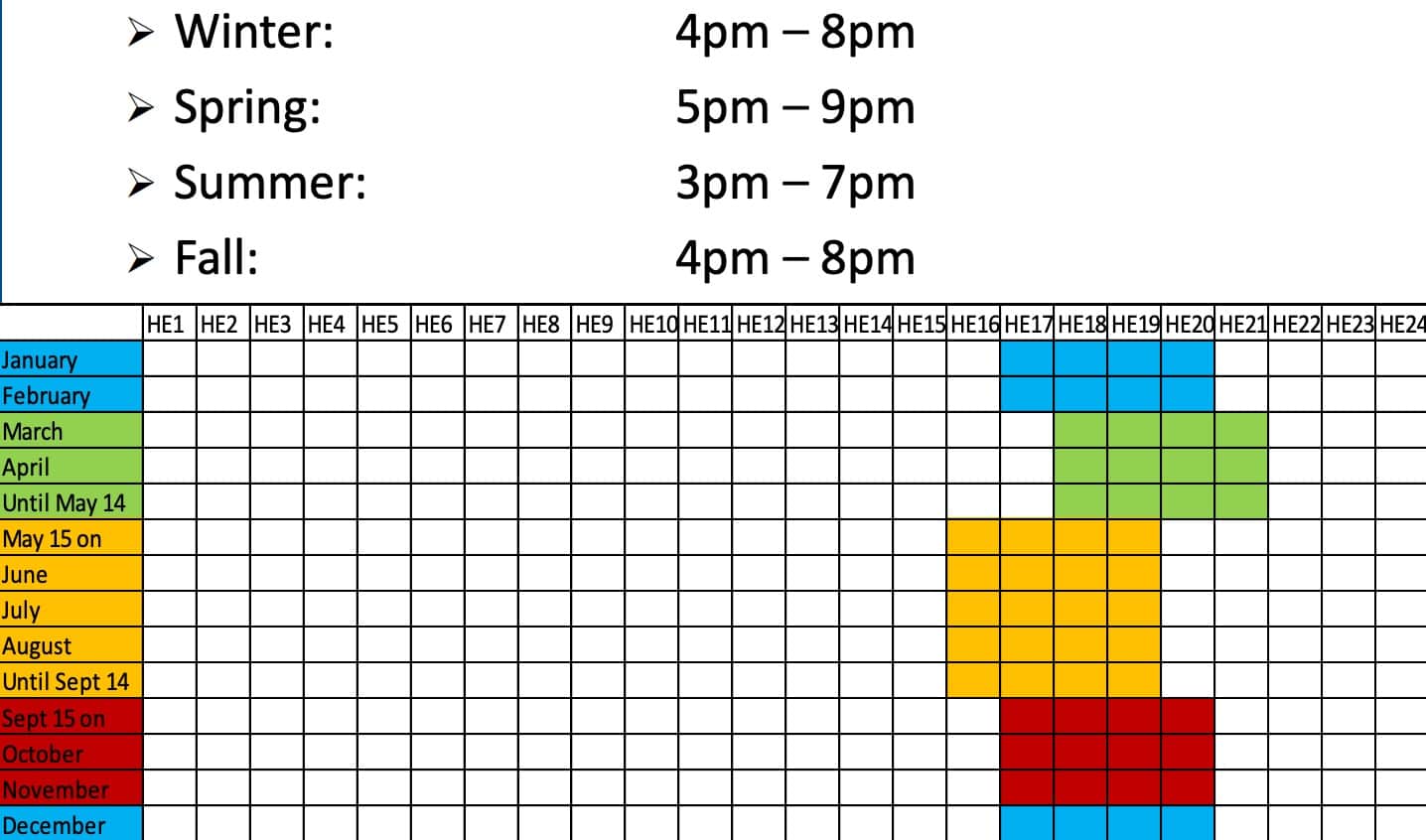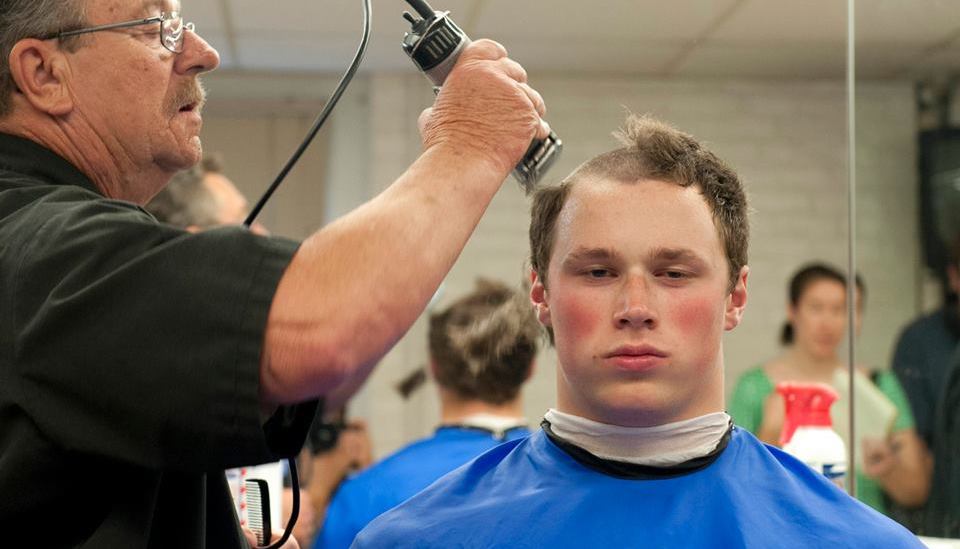Today the Massachusetts Department of Energy Resources (DOER) unveiled the latest program design for its visionary Clean Peak Standard, a policy that builds on its renewable energy programs with the aim of more directly meeting the actual demands of the state’s electricity system.
First and foremost came clarification, the instant reflection of the research and calculations that have been done since the rough proposal rolled out in April. This included figures for the valuation of generation during the different hourly and seasonal peaks. The initial policy introduced the consideration of an actual system peak multiplier of 15x. What this means is that during the highest peak hour of the month, the peak of peaks, if you will, the credit value of electricity generated during that period will be multiplied by 15.
However 353 days of the year will not be those peak peaks, and are not all created equally. The value of generation is high during the winter and summer, when the peaks are greater, therefore seasonal credit multipliers were established. Fall and Spring have a neutral multiplier of 1x base value, whereas Winter and Summer receive a 3x base value multiplier.
There are logistical multipliers as well. Resources which increase energy resilience to outages are subject to a 1.5x multiplier, while previously existing and state contracted renewable resources (pre-1/1/19) will receive a 0.1x multiplier.
DOER went into detail explaining the logic behind establishing a specific multiplier for existing and state contracted renewable resources. Their rationale includes the following goals:
- Incentivize these resources to change how they operate, instead of paying more for the same resource performance
- Avoid saturating the market with existing resources and suppressing price signals to invest in storage
- Ensure these resources have a market signal to pair with storage and shift their energy generation

DOER is also considering a Distribution Circuit Multiplier. This appears to be being done to recognize the ability of energy storage to alleviate distribution system stress, but it will also help with the burden of solar developers, who are frequently on the hook for distribution system upgrades. There were no numbers for this today, as this value and corresponding multipliers will take time to evaluate and develop.
Even without this number, when you put all of this together the calculation of revenue for an energy storage developer will not necessarily be easy, as the chart below illustrates.

Significant tweaks
There were also some important changes to program design introduced. The initial proposal in April suggesting defining hourly peak periods for spring, fall and winter with one hour in the morning and three in the afternoon, resulting in a split across the day.
This morning peak period has been removed, and the new program instead offers four-hour windows for each season. This translates to an extra hour tacked on to the late end of the fall, winter and spring peak periods; in this latest proposal DOER additionally shifted the entire summer peak period one hour later.

Graphic: DOER
And in addition to changing the peak periods, the new program design introduces a requirement that energy storage systems charge during hours when renewables are generating the most electricity. DOER has designated a set of morning and afternoon hours as peak solar charging hours, and afternoon hours as peak wind hours.

This set of peak wind hours appears to closely match the output profile of offshore wind, and may a recognition that Massachusetts is anticipating levels of offshore wind in coming years that will dwarf its paltry land-based wind deployment. This focus on offshore wind is particularly important for meeting peak winter energy demand during prolonged cold weather.
Finally, municipal lighting plants will not be eligible to participate in the Clean Peak Standard. The same goes for power plants in the service areas of these municipal lighting plants.
The why
The presentation also shed a lot of light on the needs that DOER is trying to meet with this proposal. When pv magazine reported on the initial Clean Peak Standard proposal in April, our analysis was that Massachusetts was trying to address pending “Duck Curve” issues from high levels of solar, issues which have only begun to arrive in New England.
However, today’s presentation appeared to put more emphasis on meeting existing peak demand, particularly in the winter and summer – the times of highest overall electricity and energy demand. This is supported by the removal of the hour-long morning peak and a shift to greater emphasis on meeting peak demand in the afternoon.
This means meeting today’s needs more than future anticipated needs; as we observed in April, there isn’t much of a morning peak yet, particularly as compared with the afternoon/evening peaks in summer and winter
Furthermore, our observation in April that this is a program specifically designed to support lithium-ion battery systems and other available solutions was made explicit by DOER statements. “The only way that our policies matter is if they result in deployments,” stated DOER Commissioner Judith Judson. “We really hope this is going to enable that.”
Judson suggested that this motivation may have played a role in the removal of the morning peak window. “Targeting the morning may be difficult operationally,” stated Judson. She further clarified that “resolving challenges associated with integrating more renewable energy resources” is a main policy objective.
All of this may seem like a no-brainer; however it is important to note that detailed policy proposals in other states either appear to be developed in a way that disadvantages solar (see Arizona’s Value of Solar policy), or calculated with a laser focus on system needs with a result that doesn’t necessarily work for clean energy deployment (see New York’s Value of Distributed Energy Resources).
Getting to a policy
As the regulatory process goes, today represents the second step in the journey to establishing a Clean Peak Standard. This was a stakeholder proposal and as such will follow closely with consultations as the regulations develop. The tentative timeline for this policy to move towards completion follows:
Q4 2019
- Draft regulation filed
- Public hearings on draft regulation; written comments due
- Technical bulletin issued to set 2020 obligation
Q1 2020
- Amended regulations to be sent to Joint Committee on Telecommunications, Utilities, and Energy (TUE) for comment
- Final regulations filed
This content is protected by copyright and may not be reused. If you want to cooperate with us and would like to reuse some of our content, please contact: editors@pv-magazine.com.










Seems like a good way to incentives storage.
Would be interesting to include a graphic of MA’s yearly demand curve in the article if there is one available.